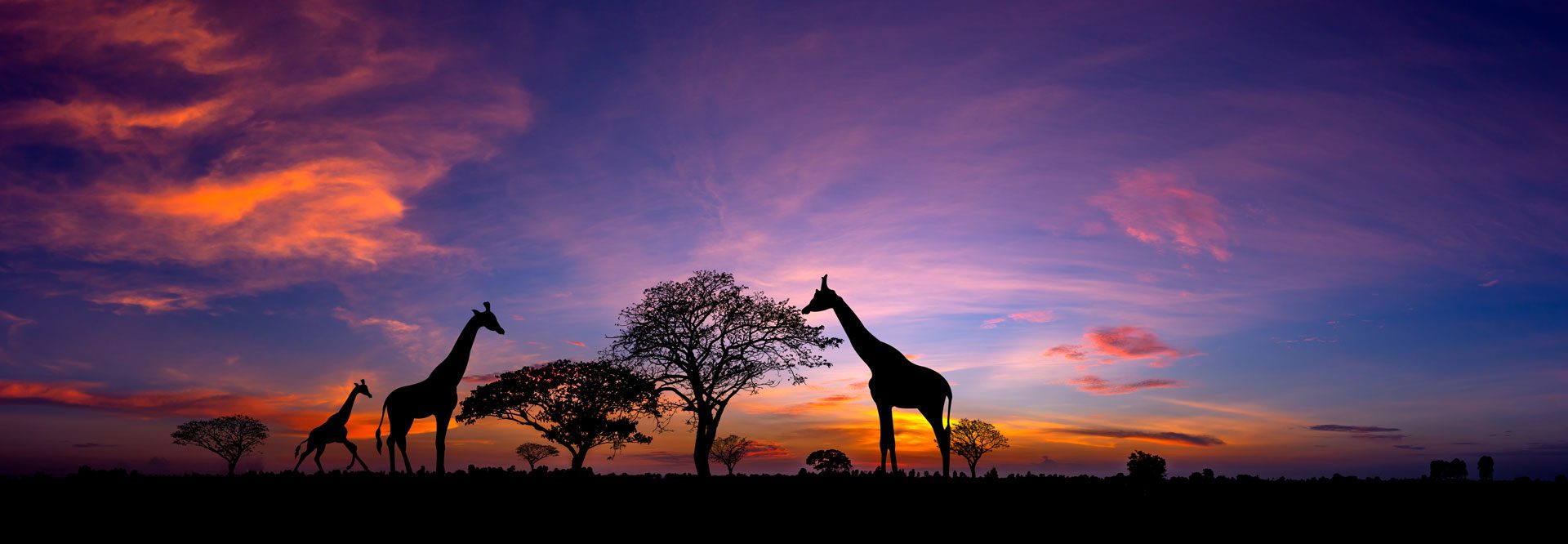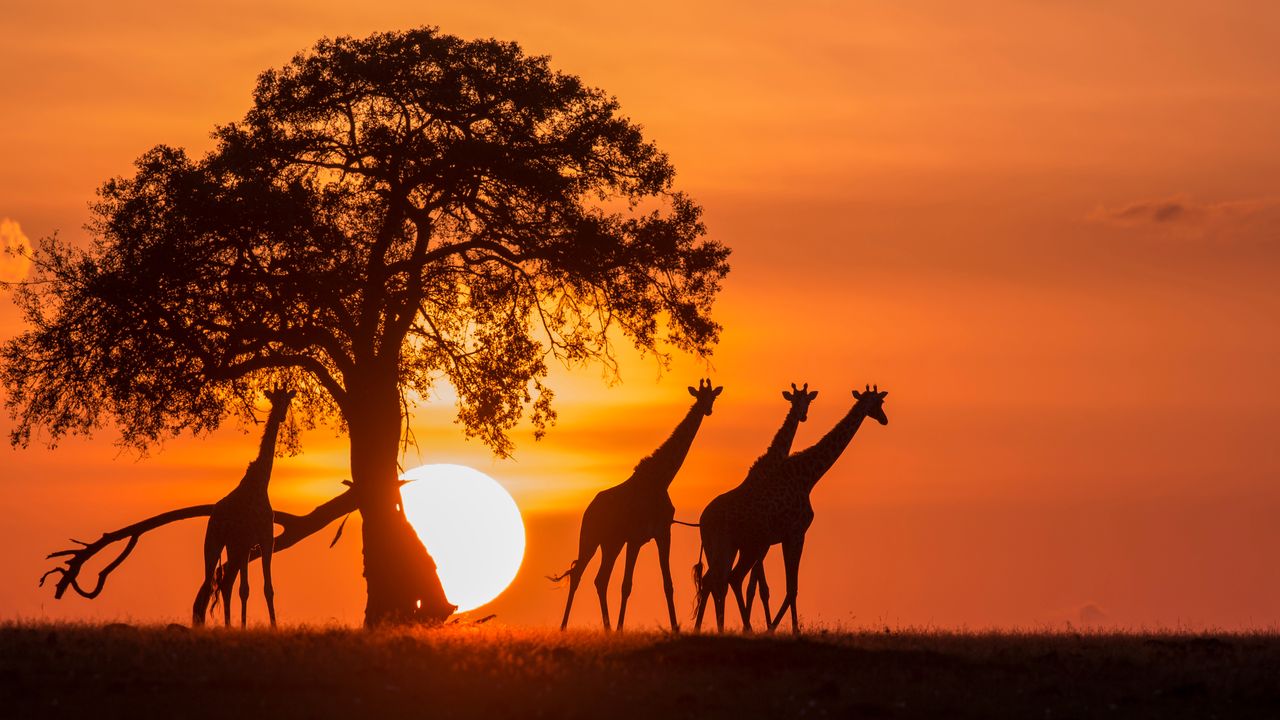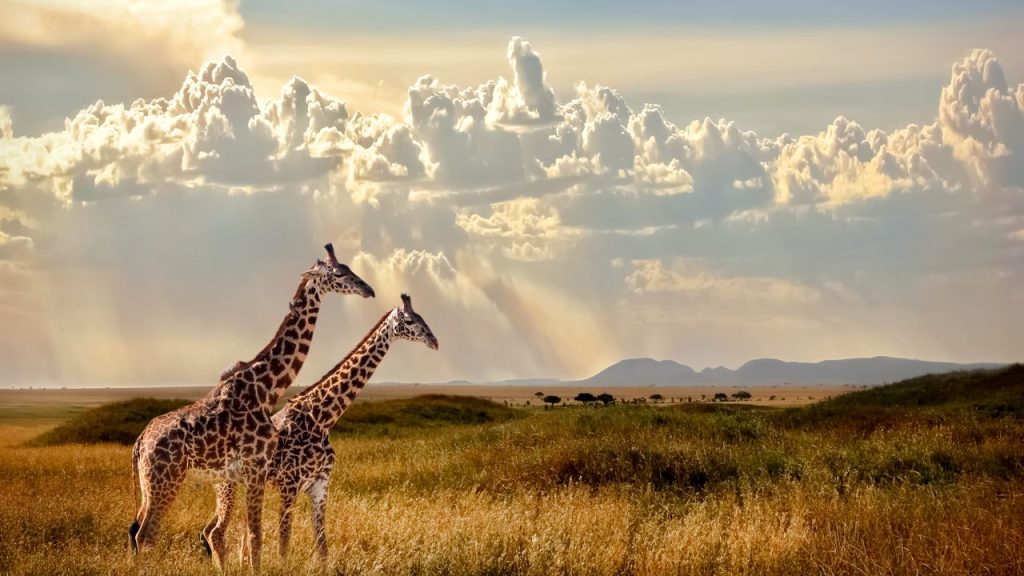Tanzania Safari: Exploring the Beauty and Wildlife of Tarangire National Park
Embarking on a Tanzania safari is a dream come true for many adventure seekers and wildlife enthusiasts. With its diverse landscapes and abundant wildlife, Tanzania offers an unforgettable experience that will leave you in awe. One of the must-visit destinations in Tanzania is the Tarangire National Park, known for its exceptional safari experiences and breathtaking natural beauty.
Safari Safety: Prioritizing Your Well-being
When planning a Tanzania safari, safety should always be a top priority. While the allure of getting up close and personal with Tanzanian wildlife is undeniable, it is crucial to remember that these are wild animals and should be treated with respect and caution. To ensure a safe and enjoyable experience, it is recommended to book your safari with a reputable tour operator that prioritizes safety measures.
Before setting off on your adventure, familiarize yourself with the guidelines provided by your tour operator. These guidelines will help you understand the do’s and don’ts while on safari, such as maintaining a safe distance from animals, refraining from feeding them, and following the instructions of your experienced guide.
Additionally, it is essential to pack appropriate clothing and gear for your safari. Comfortable and breathable clothing, sturdy walking shoes, a hat, sunscreen, insect repellent, and a good pair of binoculars are all essential items to have on hand during your safari.
Tarangire National Park: A Wildlife Lover’s Paradise
Tarangire National Park, located in northern Tanzania, is a hidden gem that offers a unique and unforgettable safari experience. Spanning over 2,600 square kilometers, this national park is home to a wide variety of wildlife, making it a paradise for nature enthusiasts.
One of the highlights of Tarangire National Park is its large elephant population. These majestic creatures roam freely throughout the park, providing visitors with incredible opportunities to observe them in their natural habitat. Watching elephants interact with each other, bathe in the river, or browse for food is a truly awe-inspiring experience.
In addition to elephants, Tarangire National Park is also home to a diverse range of wildlife, including lions, leopards, cheetahs, giraffes, zebras, and buffalo. The park’s varied landscapes, which include grassy plains, acacia woodlands, and the Tarangire River, attract an abundance of wildlife throughout the year.
For bird lovers, Tarangire National Park is a haven. With over 500 bird species recorded in the park, including the iconic Maasai ostrich and the Kori bustard, birdwatching enthusiasts will be in their element.
Experiencing the Tanzanian Wildlife
Exploring the Tanzanian wildlife in Tarangire National Park is an adventure like no other. Safaris in the park can be experienced in various ways, including game drives, walking safaris, and even hot air balloon rides.
Game drives are the most popular way to explore the park, allowing visitors to cover a large area and encounter a wide range of wildlife. Experienced guides will navigate through the park, sharing their knowledge and ensuring you have the best chance of spotting the animals you desire to see.
For a more immersive experience, walking safaris provide an opportunity to get closer to nature. Accompanied by armed rangers and expert guides, you can explore the park on foot, learning about the smaller creatures, plants, and tracks that often go unnoticed during a game drive.
For a truly unforgettable experience, consider taking a hot air balloon ride over Tarangire National Park. Floating above the vast landscapes and witnessing the wildlife from a unique perspective is a once-in-a-lifetime opportunity.
In conclusion, a Tanzania safari in Tarangire National Park is an adventure that combines the thrill of wildlife encounters with the beauty of nature. By prioritizing safety and choosing a reputable tour operator, you can embark on an unforgettable journey to witness the wonders of Tanzanian wildlife in their natural habitat.


